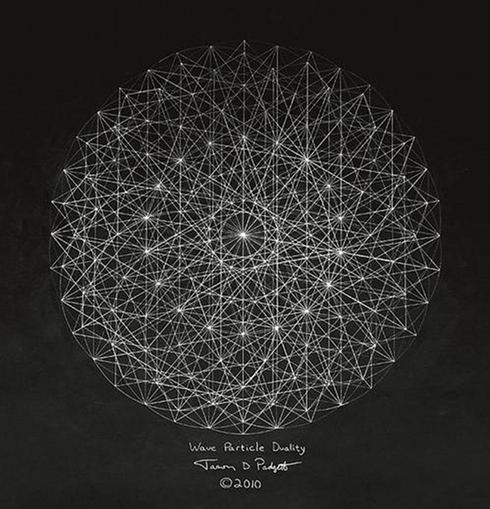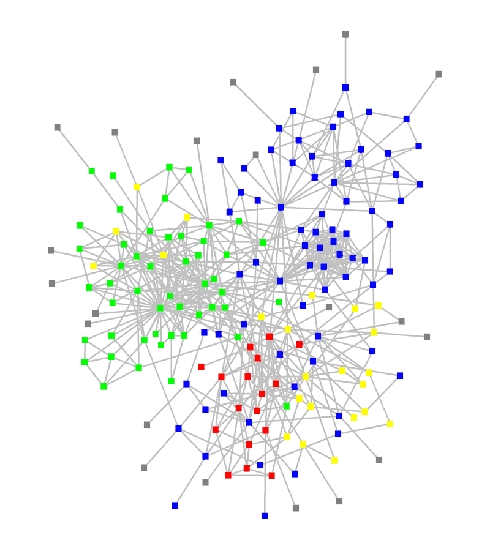![Vasquez, Rodriguez and Roemer (2008) arXiv:0807.2217v1 [cond-mat.dis-nn]:](../wp-content/uploads/2012/10/Multifractal-3D-Anderson-model.jpg)
A plot of a multifractal wavefunction at the Anderson transition in 3D can be found as Fig. 1 of Vasquez, Rodriguez, and Roemer’s (2008), “Multifractal analysis of the metal-insulator transition in the 3D Anderson model I: Symmetry relation under typical averaging”. arXiv:0807.2217v1 [cond-mat.dis-nn]:
Coming from a social sciences background and continuing in the line of transformative theories, I could liken the wave particle duality to researcher’s interference, where the act of observing would in itself render a certain bias to the data collected and observed phenomenon simply because the observer becomes an entity to be considered in that which is being investigated and studied. Related then to this uncertainty principle is how in the field of international business, the concept of culture which is one of the most sensitive of concepts to be influenced by researcher perspective, where each researcher embodies his/her own values and belief systems, continues to be dominated by the western cultural dimensions construct in an era of increasing globalization and of advancing information communication technologies that render a blurring to traditional geographical boundaries. Social media platforms for example create an entirely new type of virtual landscape, bringing together people from different parts of the world, with different languages, values and beliefs.

Jason Padgett’s wave particle duality.
It is to this extent that culture, that has thus far been studied as national averages and have had differences as a measurement of complementarity in the success or failure of a foreign enterprise entries, should perhaps be re-conceptualized in terms of a fuzzing of boundaries to include a multi-levelled perspective that works across groups of individuals that share a common motivation system, regardless of nationality for example.
It is in this light that the multifractal system to the study of culture in international business might cast light beyond the Yin Yang concept of culture, where the latter eastern perspective of culture, if not taken in its original sense from the book of I-Ching (Book of Changes), of being an infinite system of duality, but reduced to simply duality of properties, would further contribute to a dichotomous point of view of the theory of culture i.e. if not west then east.

Social Network Visualisation: e-mail between the members of a project. Every square depicts a participant. Its colour indicates which departments he/she belongs to. Grey lines indicate that there’s at least a weekly frequency between the two linked participants. Source: Orgnet.com; Infovis.net.
Groups of social networks for example, regardless of national boundaries, may exhibit similar values and belief systems in a complex spatial structure much like those found in social networking theories, where individuals are characterized by not just a single (i.e. nationality or race for example) independent characteristic value but rather a set of values that belong to different contextual “multifractal” backgrounds through a space-time dimension.